Scientific name: Sciurus vulgaris
Conservation status: Least Concern
In parts of the world with a temperate climate, the red squirrel makes its home. While they exist in your backyard, they live fascinating lives. How they live, how they survive, what they eat and what is trying to eat them, is what makes the red squirrel such an interesting critter!
It is without question that red squirrels are incredibly cute with their tiny paws and fluffy tails, and can never seem to sit still. The red squirrel is a magnificent critter and in this article, you will find all you need to know about its life.
The red squirrel
The red squirrel is scientifically known as the Sciurus vulgaris, which is one of 27 species of tree squirrels. You will likely find them sitting or climbing a tree canopy, inspecting any available food from humans walking nearby.
It’s not often easy to distinguish between a female and male red squirrels. They both have red fur, which can also vary in different shades of red.
If they are born in the wild and survive their first winter since being born are likely to have a life expectancy of approximately 3 – 6 years, while in captivity they can reach up to 10 years.
Mating season
This critter is very patient and doesn’t start searching for mates until it’s one year of age. Male squirrels chase the females around a tree trunk or through tree canopy in order to make its intent to mate known to her. After mating, a squirrel’s pregnancy lasts on average under two months.
This little animal is not often sociable unless it’s living with its family members, with an average of 2 – 3 juveniles, and sometimes up to 6. A red squirrel can mate twice a year, which are born during the spring or the summer. Newborns are dependent on their mother’s milk for the first 8 – 12 weeks of being born, until they grow their full set of teeth, much like humans!
The red squirrel home
For many people, it can be a laborious experience finding the right home to live in. Although the location for a secure and happy habitat is the most important stage for any critter. A red squirrel prefers to establish a home in a variety of spots: the fork of a tall tree trunk, a tree den or an empty cavity in a tree canopy.
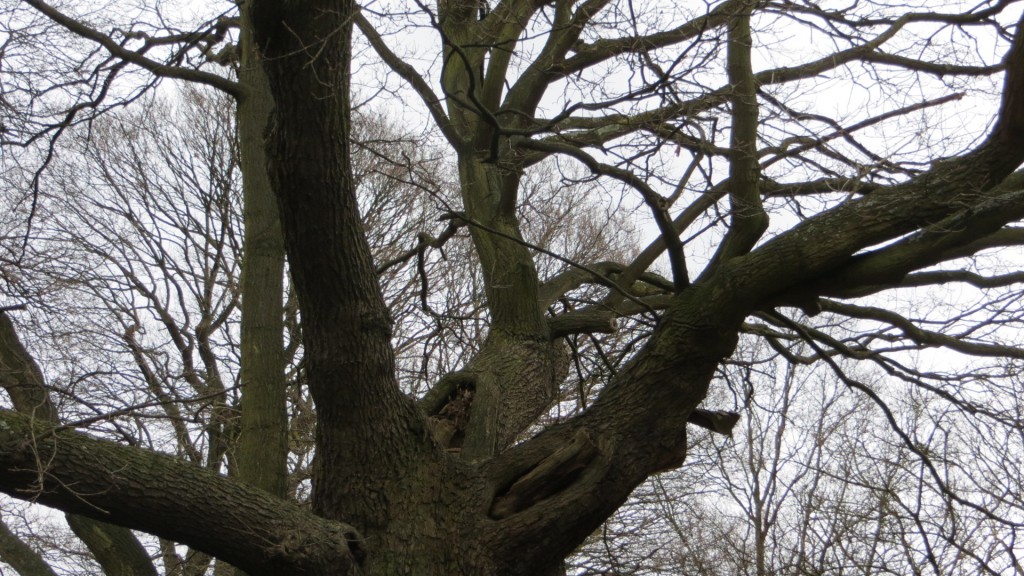
A squirrel may choose to build its drey in the forks of a tall tree.
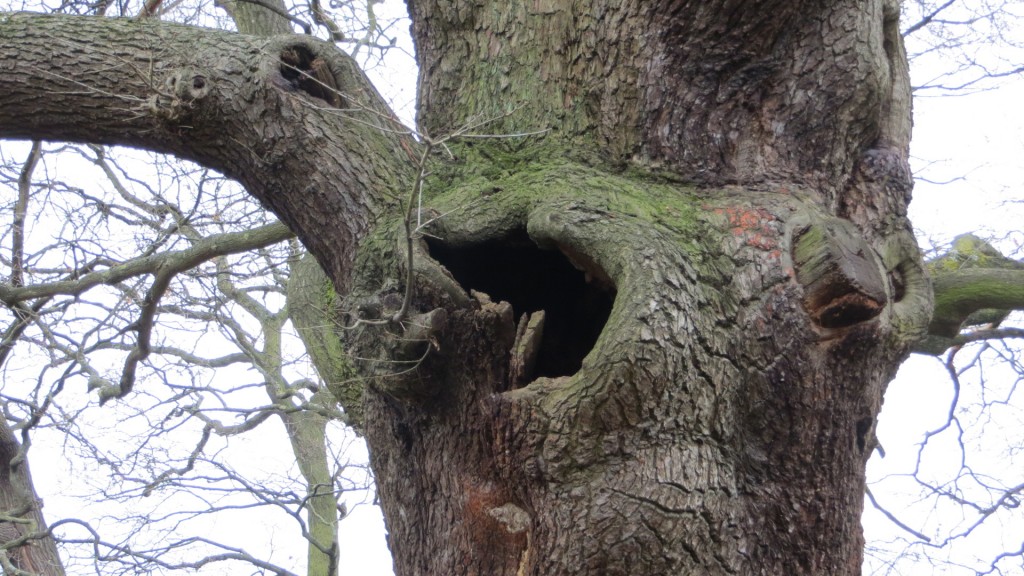
Squirrels are likely to build their drey inside a tree cavity, which often offers a better protection from the wind, rain, snow and predators.
As soon as a red squirrel finds the perfect location for a home, it’s time to build it. This critter can build a large nest, also known as a drey. Dreys are usually built of dry leaves, grass, moss and twigs. This type of critter does not mind sharing its home with related squirrels, especially during the winter months to maintain warmth. But ideally, during nicer weather they prefer to be alone in their tiny homes.
Where you can find a red squirrel
Red squirrels can be found broadleaf woodlands and coniferous forests. There is a distribution of red squirrels in Italy, Great Britain and Ireland. Historically, red squirrels use to inhabit most in the UK but since the introduction of the North American grey squirrel in the 1870s, the red squirrel population has reduced and moved to specific areas such as north England, Wales, south and central Scotland, and Northern Ireland.
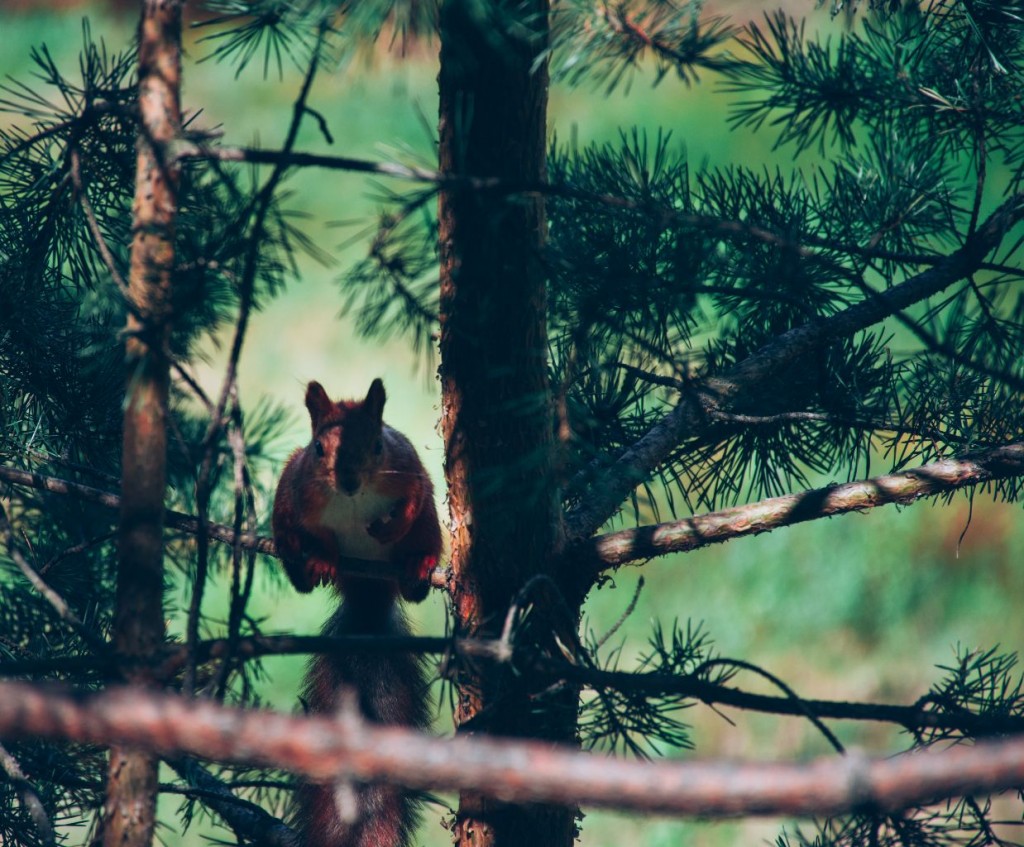
Threats
Since the arrival of the grey squirrel from North America, the red squirrel population has declined rapidly. This critter has had to move to specific locations in the UK in order to avoid having to compete for food with the Grey squirrels; having a higher likelihood of surviving the winter months as they can overall store more fat than the red squirrel.
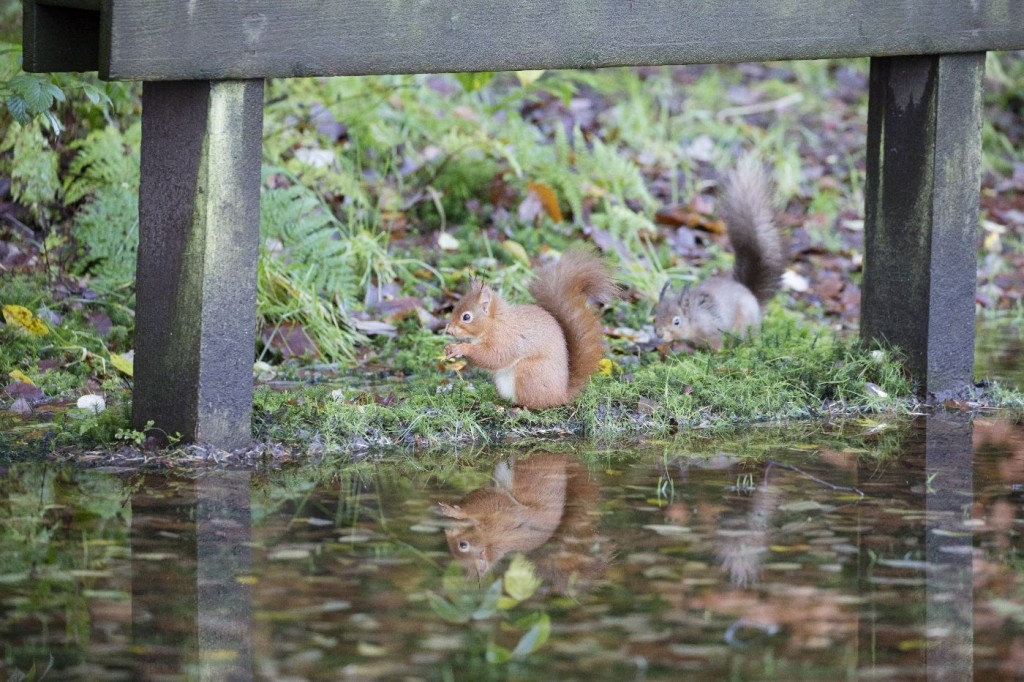
Grey squirrels are larger and are carriers of the infection Pox Virus, which they are immune to it, but it can be fatal to red squirrels. If they become infected, they have on average two weeks before passing away.
The competition between these two animals is a perfect example of intro species competition.
Additionally, red squirrels are listed as being least concern. While that is all well and good, they have to keep alert to predatory threats such as large birds and domestic cats. If it’s not predators, they have to be careful with road traffic. However, squirrels’ have habituated (become accustomed to) to the sounds of cars and traffic, and know to tread wearily.
A red squirrel diet
This omnivorous rodent enjoys a variety of foods. They commonly become excited when they find:
- Sunflower seeds
- Pine nuts
- Larch
- Peanuts
- Spruce
- Fungi
- Green shoots
- Fruits of shrubs and trees
- Bird eggs
- Walnuts
Interestingly enough, this type of critter does not hibernate. During the autumn months, their aim is to gain weight before food shortage of the winter, as well as for females to be in good health before producing young for the spring. If you come across red squirrels and give them any type of nut, they can be quite picky and they can tell when they are holding a good and tasty nut to eat.

Research has suggested that red squirrels are one of few animals that do not become dependent on others if they are offered food. However, this does not mean they are completely safe. If you leave food in your garden, there’s a possibility that both a grey and red squirrel could appear. For their safety, never give food if they are both present.
Also, bear in mind that if you give red squirrels a high amount of peanuts or sunflower seeds they do not contain enough calcium to keep them healthy, especially for pregnant squirrels.
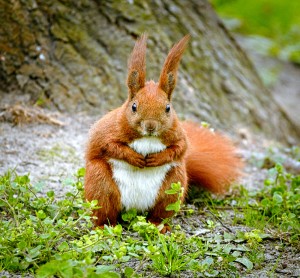
Have you ever encountered a red squirrel? Tell us about your experience in the comments below!

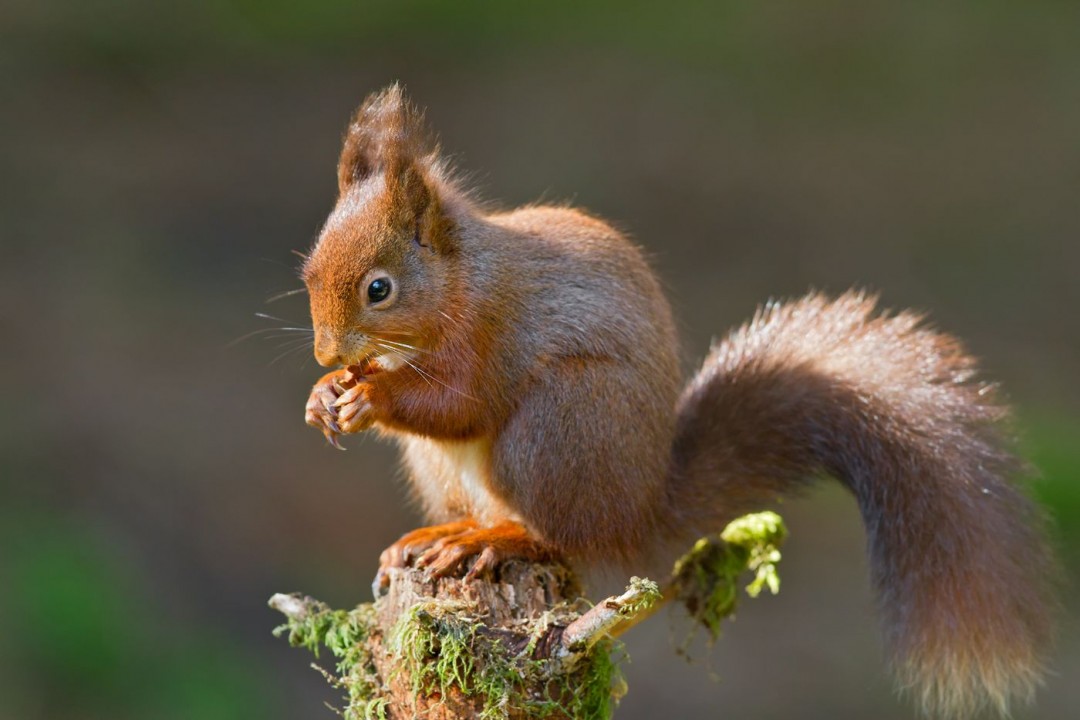
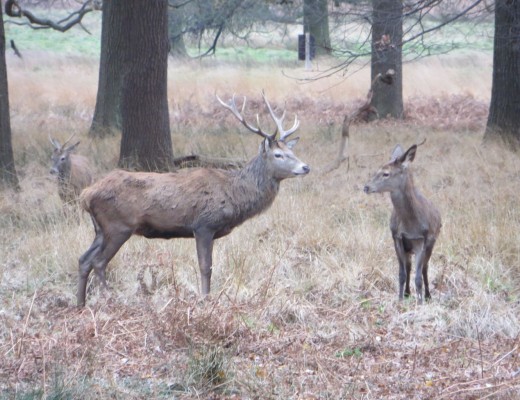
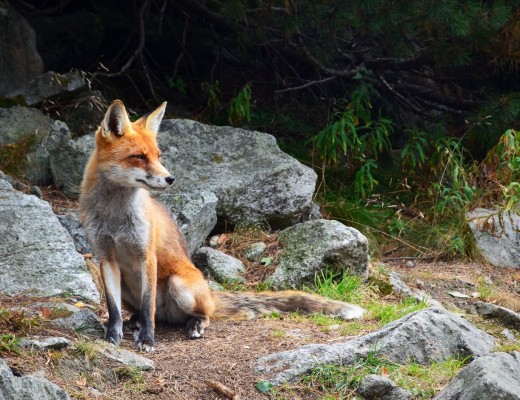
No Comments